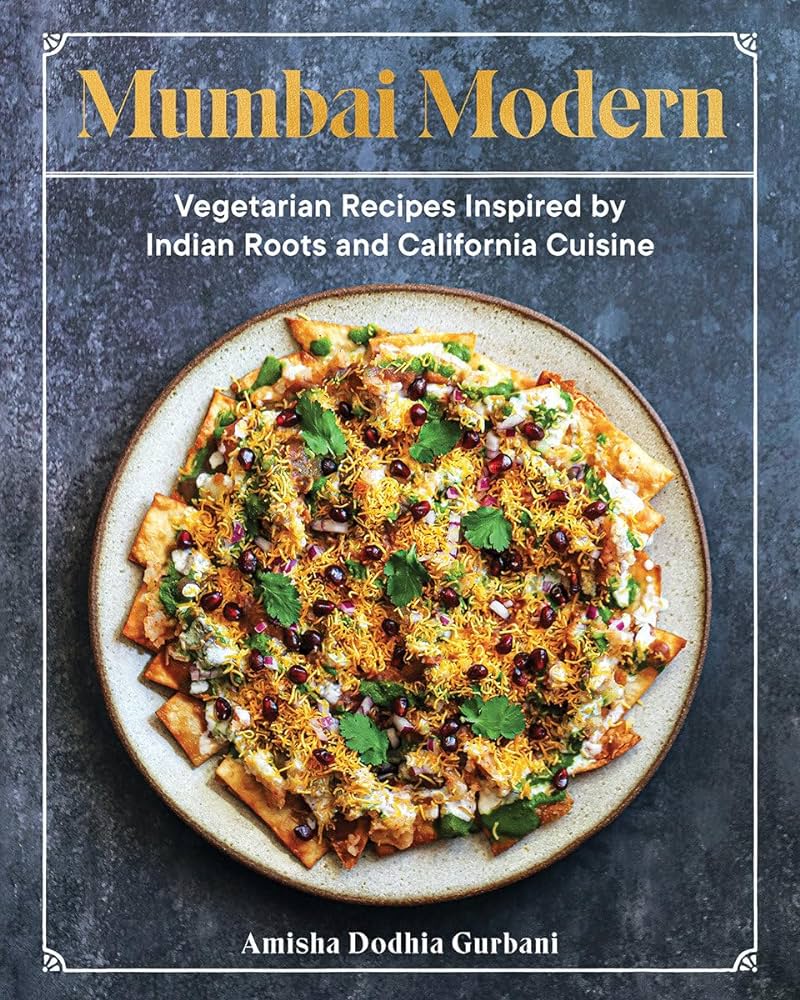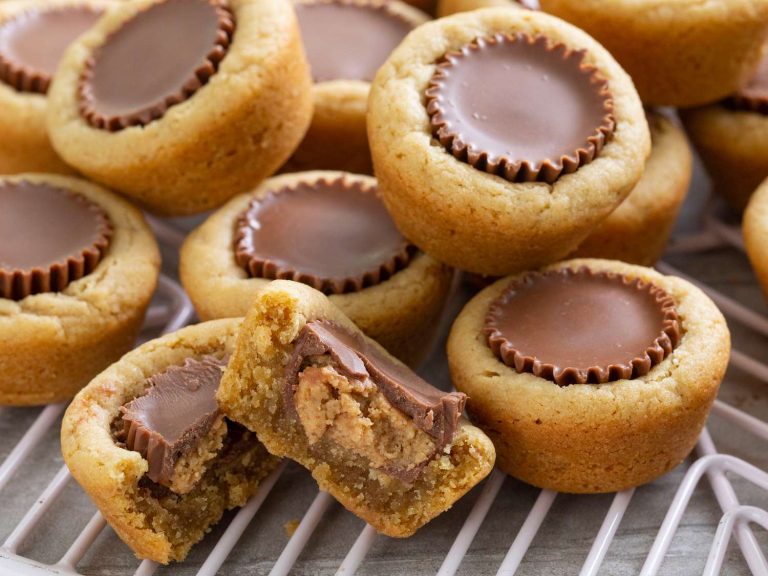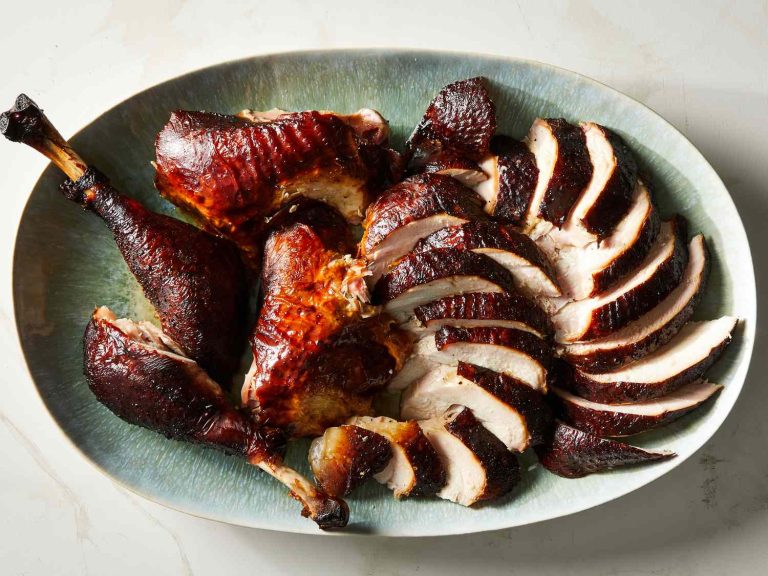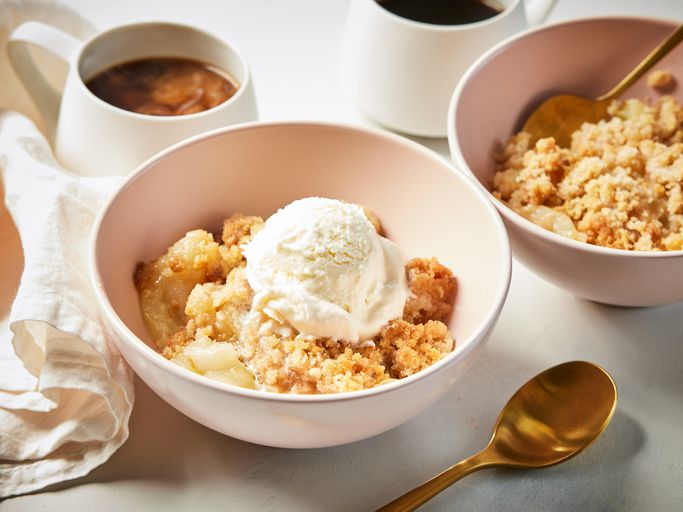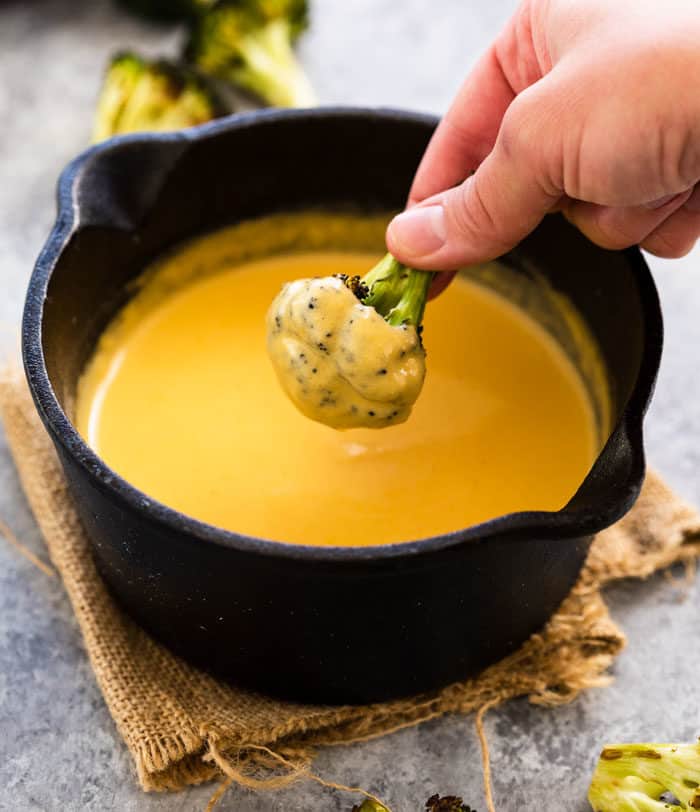Hoe Cake: A Journey from Native American Roots to Modern Culinary Delight
Hoe cakes trace their roots to Native American cuisine. Native Americans made similar bread from cornmeal and water, cooking it on hot stones. When European settlers arrived, they adopted this straightforward recipe, using ingredients like cornmeal, water, and salt.
Hoe cakes gained popularity during colonial times because of their simplicity. Cooks could quickly prepare them over an open fire using a flat hoe blade or metal surface, giving the dish its name. These cakes were a staple in many households as they required minimal ingredients and equipment.
The Evolution of Ingredients and Cooking Methods
Over time, the ingredients and cooking methods for hoe cakes evolved. Initially made with basic ingredients, cooks began incorporating other elements like milk, eggs, and butter to enhance flavor and texture. This adaptation transformed hoe cakes from a basic survival food into a beloved comfort dish.
Cooking methods also progressed. While early versions were cooked on hoe blades or flat stones, modern versions often use griddles or frying pans. These changes improved cooking efficiency and consistency, making hoe cakes a versatile dish for various occasions.
This evolution highlights the adaptability and enduring appeal of hoe cakes, securing their place in Southern culinary tradition.
Ingredients and Variations of Hoe Cake
Classic Southern Hoe Cake Recipe
The classic Southern hoe cake recipe revolves around simple, staple ingredients. You need one cup of cornmeal, one-half teaspoon of salt, and one cup of boiling water. Combine the cornmeal and salt, then gradually stir in the boiling water until a batter forms. Heat a lightly greased griddle or frying pan over medium-high heat. Spoon the batter onto the hot surface, forming small patties. Cook each side for 3-4 minutes until golden and crispy.
Optional additions like butter, milk, or eggs can enhance the texture and flavor. Butter gives a richer taste, milk offers a creamier consistency, and eggs provide added structure. For a sweeter variant, incorporate a tablespoon of sugar.
Cornmeal vs. Flour-Based Variations
Hoe cakes primarily use cornmeal as their base, but flour-based variations exist too. Cornmeal-based hoe cakes have a coarser texture and a distinct corn flavor, while flour-based versions are softer and more cake-like.
For a cornmeal-based variant, use the classic ingredients mentioned earlier. For a flour-based hoe cake, use one cup of all-purpose flour, one teaspoon of baking powder, one-half teaspoon of salt, and one cup of milk. Mix the dry ingredients, then add milk to form a batter. Cook similarly to the cornmeal version, using a heated, greased griddle or frying pan.
Whether you prefer the traditional cornmeal or the alternative flour-based hoe cake, both methods showcase the dish’s versatility and adaptability in Southern cuisine.
How to Make the Perfect Hoe Cake
Step-by-Step Cooking Techniques
To make the perfect hoe cake, start with the ingredient list. You’ll need 1 cup of cornmeal, 1/2 teaspoon of salt, and 1 cup of boiling water. Optionally, add 1 tablespoon of melted butter for richness.
- Combine Ingredients: Mix cornmeal and salt in a bowl. Gradually add boiling water while stirring continuously. If using melted butter, stir it into the mixture until well combined.
- Heat Cooking Surface: Preheat a griddle or frying pan over medium-high heat. Lightly oil the surface to prevent sticking.
- Form Cakes: Spoon the batter onto the heated surface, shaping it into round cakes about 3-4 inches in diameter.
- Cook: Cook each side for approximately 2-3 minutes until golden brown. Flip the cakes using a spatula and cook the other side for an even color and texture.
Tips for Achieving the Ideal Texture
For hoe cakes, achieving the right texture is key. Here are some tips:
- Use Boiling Water: Boiling water ensures the cornmeal absorbs properly, resulting in a smoother batter.
- Opt for Fine Cornmeal: Fine cornmeal creates a less gritty texture compared to coarser varieties.
- Maintain Consistent Heat: Even cooking ensures a uniform texture throughout the cake. Avoid high heat that can burn the outside while leaving the inside uncooked.
- Test for Doneness: Lightly press the center of the cake with a spatula. It should feel firm and spring back slightly, indicating it’s cooked through.
By following these techniques and tips, you’ll produce the ideal hoe cake, blending traditional methods with modern cooking to create a classic Southern dish that’s both delicious and authentic.
Serving Hoe Cake: Traditional and Contemporary Ideas
Classic Pairings and Toppings
Hoe cakes traditionally serve as a versatile base for many dishes. They pair well with hearty stews and soups, like chicken and vegetable stew, enhancing flavors with their simple taste. Butter and honey are common toppings that add a sweet and savory contrast. Sausage gravy, another popular choice, turns hoe cakes into a comforting breakfast item.
Other classic pairings include collard greens, barbecue pulled pork, and fried catfish. For toppings, consider molasses, apple butter, or maple syrup. Each topping provides a unique taste experience that complements the hoe cake’s texture.
Modern Twists on an Old Favorite
Modern culinary trends offer unique ways to serve hoe cakes. For brunch, you can top them with avocado slices and poached eggs for a twist on avocado toast. Hoe cakes also make a great base for sliders, adding a Southern flair to mini burgers.
Additionally, you can use hoe cakes as a base for canapés at a party. Top them with smoked salmon, cream cheese, and capers. For a dessert option, consider using hoe cakes as a base for shortcake-style desserts by adding whipped cream and fresh berries.
These contemporary ideas showcase hoe cakes’ versatility, making them a standout in both traditional and modern kitchens.
Conclusion
Hoe cakes have journeyed from humble beginnings to a versatile staple in Southern cuisine. Their adaptability makes them perfect for both traditional and modern dishes. Whether you’re enjoying them with classic pairings like sausage gravy or exploring creative toppings like avocado and poached eggs, hoe cakes offer endless culinary possibilities. So, embrace this timeless dish and experiment with your favorite flavors to create memorable meals.
